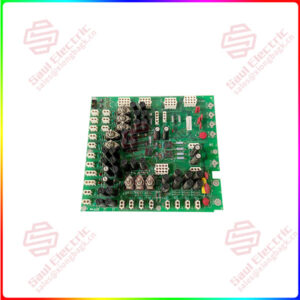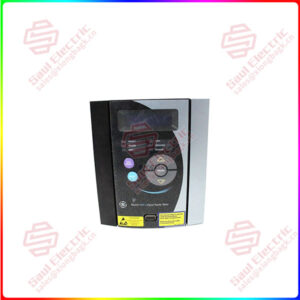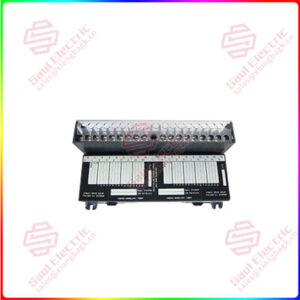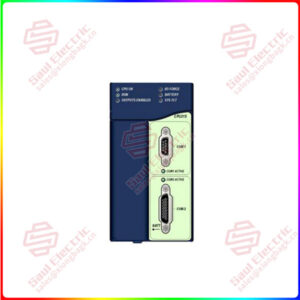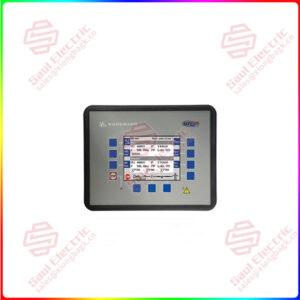Description
Overview
Essential details:9905-463 Load Sharing and Speed Control
lf you need to inquire or purchase ,please send the product models to my email or call medirectly .
sunny He
[Email] sales@xiongbagk.cn
[Mobile] 86-18059884797
[WhatsApp] 86-18059884797
[Skype] sales@saulcontrol.com
9905-463 Load Sharing and Speed Control
All shielded cable must be twisted conductor pairs. Do not attempt to tin (solder) the braided shield. All signal lines should be shielded to prevent picking up stray signals from adjacent equipment. Connect the shields to the control terminals as shown in Figure 2-1 and in the plant wiring diagram (Figure 1-2). Wire exposed beyond the shield should be as short as possible, not exceeding 50 mm (2 inches). The other end of the shields must be left open and insulated from any other conductor. Do not run shielded signal wires with other wires carrying large currents. See Woodward application note 50532, EMI Control for Electronic
Governing Systems, for more information.
Where shielded cable is required, cut the cable to the desired length and prepare the cable as instructed below and shown in Figure 2-1.
- Strip outer insulation from BOTH ENDS, exposing the braided or spiral wrapped shield. DO NOT CUT THE SHIELD.
- Using a sharp, pointed tool, carefully spread the strands of the shield.
- Pull inner conductor(s) out of the shield. If shield is the braided type, twist to prevent fraying.
- Remove 6 mm (1/4 inch) of insulation from the inner conductor(s).
- Connect wiring and shield as shown.
In installations with severe electromagnetic interference (EMI), shielded wire run in conduit, double shielded wire, or other precautions may be required. Contact Woodward for more information.


 1 Year Warranty
1 Year Warranty

